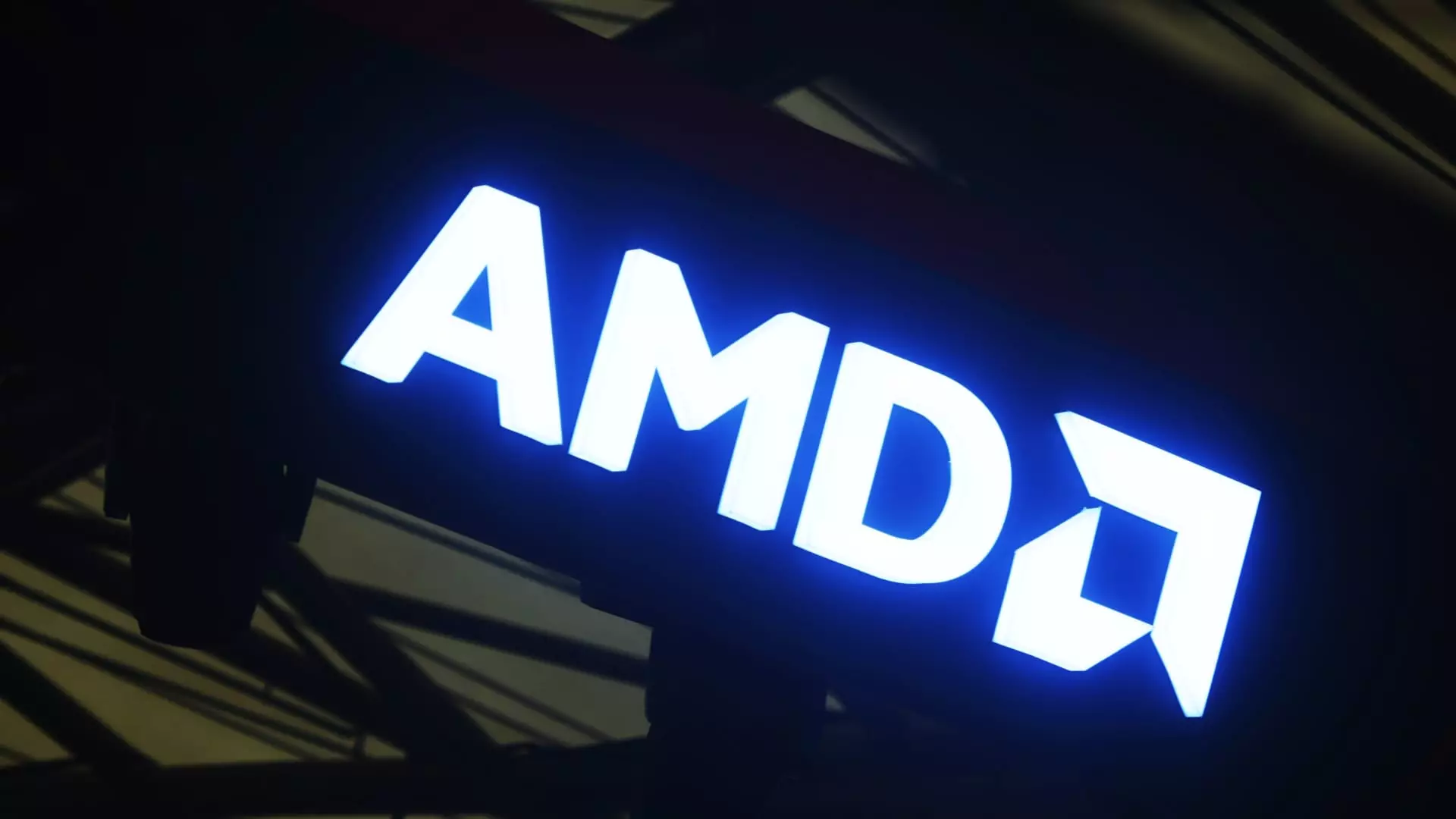5 Ways AMD Might Face an Uphill Battle Against Competition in 2023

The semiconductor industry is akin to a high-stakes chess game, where each player is not just trying to win, but to avoid falling behind. Advanced Micro Devices (AMD) finds itself at a critical juncture, facing not just the standard threats of competition but also daunting tariff risks. With these looming challenges, AMD’s ability to innovate and maintain its market position could be compromised, resulting in significant repercussions for investors and the industry as a whole.
Tariff Concerns: A Precision Strike
Tariffs have become a modern-day weapon in the ongoing trade wars, impacting global supply chains and altering the landscape for companies like AMD. The implications are profound; increased tariffs can cut deep into profit margins, making otherwise competitively priced products prohibitively expensive for key markets. Chipmakers rely on global supply chains for sourcing materials and manufacturing components, and these sudden increases in costs can quickly erode the economic feasibility of projects aimed at expansion or new product launches. With China being a major consumer of semiconductors, the possibility of stringent export restrictions looms large. This situation engenders anxiety within AMD regarding its potential for growth in the AI sector, where demand from Chinese hyperscalers had previously promised robust returns.
Price Wars: The Dangers of Survival
The semiconductor market operates under the immutable law of supply and demand. With Nvidia forging ahead with its product line, AMD is not just fighting against a competitor but facing a formidable adversary that reshapes market expectations. Intel’s aggressive pricing strategies represent another layer of complexity. Analyst John Vinh’s warnings about potential price wars are not mere speculation; they are a signal that AMD may soon find itself in a race to cut prices, thereby jeopardizing its already-fragile gross margins. Price wars can be detrimental, creating a spiral of decreasing profitability and market sustainability. Rather than exploiting opportunities for growth and innovation, AMD may have no choice but to surrender to pressures that dilute its brand value.
Market Sentiment: The Mixed Bag of Analyst Opinions
Investor sentiment remains a volatile element in the financial landscape, and while some analysts are bullish on AMD, others voice skepticism. With 32 out of 50 covering the stock favorably, one might wonder if optimism is premature. The dichotomy in opinions raises an essential question: Can AMD genuinely navigate these rapidly shifting currents, or are the signs of trouble too glaring to ignore? The average price targets suggest an upside of over 70%, yet this raises another concern—are analysts truly measuring AMD’s performance against reality or simply on paper?
Such variance in sentiment often illustrates broader economic uncertainties. In times like these, investors need to tread carefully. Trusting overly positive projections could lead to disillusionment, especially when the company faces significant operational hurdles that could undermine financial forecasts.
China’s Demand Dynamics: A House of Cards?
The artificial intelligence boom has prompted many chipmakers, including AMD, to place considerable bets on the Chinese market. However, as pointed out by analysts, the sustainability of this demand is questionable. AMD’s growth hinges heavily on an uncertain market, characterized by geopolitical tensions and competitive pressure from established players like Nvidia. If China’s AI demand proves to be short-lived or curtailed due to external factors, AMD’s revenue prospects could take an alarming downturn. This reliance on an uncertain market essentially places AMD’s future in the hands of external stakeholders, an unsettling position for any tech leader.
Looking Ahead: The Long and Winding Road
The road ahead for AMD is fraught with hurdles, from rising tariffs to price competition and the unpredictable demand from China. These intertwined challenges create a web of complexity that could significantly hinder AMD’s ability to thrive in a cutthroat environment. While the company’s innovations and technological prowess remain unquestionable, without a premiere strategy to mitigate these risks, AMD stands at a precipice. The game’s rules are changing, and it will require adept leadership, strategic foresight, and perhaps a dose of luck to hold the ground, let alone gain momentum in an increasingly unforgiving market.





